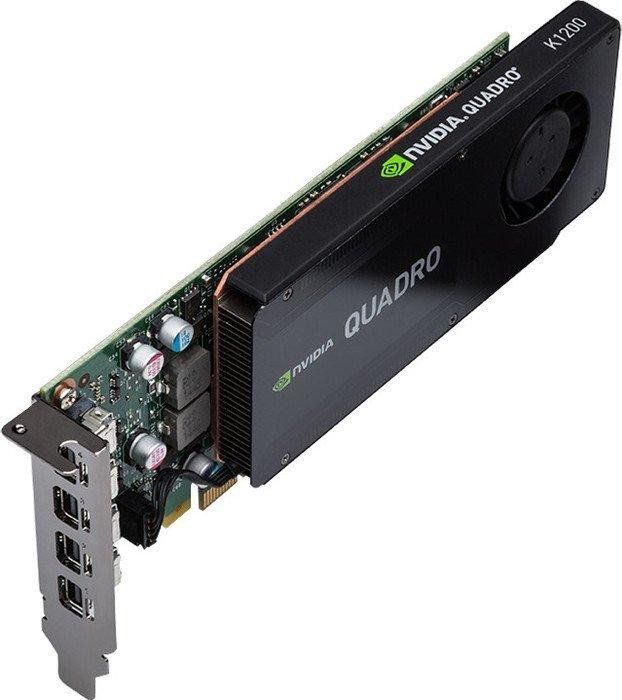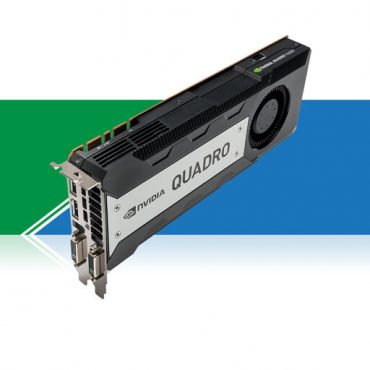
When the double precision performance is set to 1:24 FP32, which is the same as the 780 Ti, the the single precision performance of the Titan Black and 780 Ti are identical.
Nvidia quadro k6000 benchmark fp64 driver#
The Titan black’s driver gives the user an option to choose the double precision performance between 1:3 and 1:24 FP32 (by switching the GPU to TCC mode). The 780 Ti is physically locked at 1:24 FP32 where has the Titan Black has an ace up it’s sleeve.įor the Titan Black, the magic happens in the driver. The answer is in the double precision capabilities. So if the 780 Ti and the Titan Black are practically the same in every respect, why is there a $300 difference in their price at launch (discounting memory size difference)? (Price Sources: GTX 780 Ti, GTX Titan Black, K40) The price difference based on market prices of other GPUs with similar memory size variations should not be that big either.Īt launch, the GTX 780 Ti was priced at $699, $999 for the Titan Black and an estimated $5500 for the K40c. This doesn’t affect performance very much (at least when the sizes fit in all GPUs). You could give the Tesla a pass because it has a lower clock speed.Īll three only vary significantly in three categories.

Which the 780 Ti and Titan Black sit just around 5.1 TFlops, owing to their similar clock speeds, the Tesla K40c drops in at 4.3 TFlops. With respect to single precision performance, all three are fairly in the same ball park. The 780 Ti and Titan Black even have nearly same base clock speeds (~880MHz K40c is 745MHz) and identical memory clock speeds (7GHz K40 is 6GHz). All are Kepler GK110 based GPUs, with the same number of SMX and cores (15 SMX, 2880 cores) and the same bus width (384-bit). Lets take three almost identical cards: GTX 780 Ti, GTX Titan Black and the Tesla K40c. How double precision performs really depends on the architecture of the GPU. The numbers we discuss below will all be compute-bound performance numbers. If the algorithms are memory bound, such as matrix transpose, then most GPUs will attain the 1:2 performance.

Keep in mind, for compute-bound algorithms, such as GEMM and FFT, the theoretical best case for FP64 performance is 1:2 FP32, simply because it involves computing with double the number of bits as FP32.

Nvidia quadro k6000 benchmark fp64 code#
Which means in an ideal case, running the same code by only changing float types to double types, would yield the single precision run time to be about 1/24th of the double precision time (time(FP32) = time(FP64)/24). So vendors like NVIDIA and AMD do not cram FP64 compute cores in their GPUs.įor example, on a GTX 780 Ti, the FP64 performance is 1/24 FP32. This is because they are targeted towards gamers and game developers, who do not really care about high precision compute. GPUs, at least consumer grade, are not built for high performance FP64. The Achilles heel is when it comes to 64-bit double precision math.


 0 kommentar(er)
0 kommentar(er)
